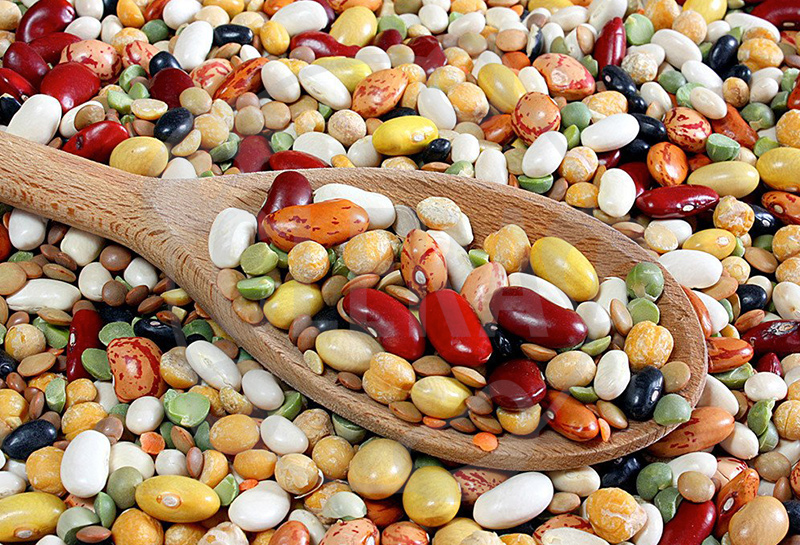Pulses consumption increases for the first time in the last forty years
The sector celebrates today the Global Day to increase the consumption of this sustainable superfood promoted by FAO.
Pulses takes a long time decreasing percentage in Spanish’s diet compared with other parts of the world where their consumption is basic and fundamental in the food plan. However, this superfood should became in a daily food in our homes because of their great nutritional value and its sustainability as a crop.
After being declared 2016 “International year of Pulses” by the Food and Agriculture Organization of the United Nations (FAO) due to the importance they have for world food security, the World Confederation of Pulses intends to continue enhancing its global consumption. For the third consecutive year, it has been chosen the date of February 10th to celebrate the Global Day of Pulses, an initiative aimed to support FAO in its decision to promote official recognition as Pulses Day, just as there is a Day of the Earth or a Day of the Forests.
Fortunately, due to the International Year of Pulses was celebrated for the last three years its consumption has increased in our country by 4.4%, since during the last year 142 million kilos of pulses were consumed in Spanish homes, compared to 136 million kilos during 2016, according to the latest information published by the Ministry of Agriculture, Fisheries, Food and Environment. This data has special relevance, since its consumption increased for the first time in 40 years.
The raw pulses provides only three grams of fat per hundred grams of this product
Acoording to Spanish Chamber of Pulses (ALE), this increase is due in part to the campaigns to promote their benefitial properties and a better awareness of envoirmental issues. ALE considers that we are still far from the recommended weekly consumption, which is around 3-4 rations, since this figures drops to one ration.
The change in the habits of life and consumption, especially among the youngest ones, and its elaboration in the most classic cuisine, had been causing a setback in the diet of the Spanish populations. For this reason, Spanish Chamber of Pulses promote the innovation of recipes in order to offer new dishes that go beyond the classic stews, less compatible with the model of family and current life.
Resistant to droughts and frosts
The pulses are also a crop totally sustainable, since they improve the ground where they grow, reduicing the need to use quimical fertilizers, they grow also in most hostile environments, due to they resist more to droughts and frosts and they have lower Carbon registry than any other food group. One kilogram of pulses only emits 0.9 kg of CO2.
Other fundamental aspect is the impact that this crop produces is the denominated envoirmental footprint, we mean, the saving of water that it produces compared to other foods, especially those of meat origin. For example, the water needs to produce a kilogram of beef, pork, chicken or soy are 43, 18, 11 and 5 times higher, respectively, than the water needed to produce a kilogram of pulses, as revealed a study conducted by Waterfootprint.org.
Some nutritional information of interest
– Lentils provide twice as much protein by portion as quinoa.
– All pulses have four times more fiber than brown rice.
– The red kidney bean variety has higher antioxidant content by portion than blueberries.
– Black beans contains 1.5 times more iron than a beef fillet
– A dry portion of peas has the same potassium as a banana.
– Chickpeas contain three times more folic acid by portion than kale.

